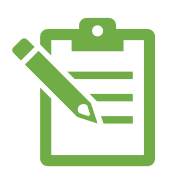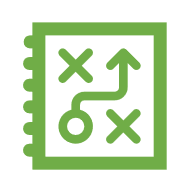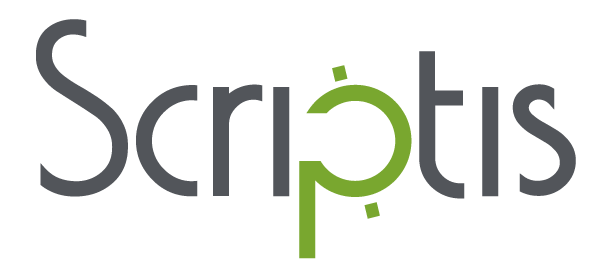Case study: insurance translation and multilingual desktop publishing

Executive Summary
In the US, employer-sponsored health insurance policies must be translated for employees with limited English proficiency. For over fifteen years, Scriptis has provided insurance translation for one of the largest insurers in the United States.

The Challenge
Scriptis translates and reformats between 3-5 SBCs (Summary of Benefits and Coverage) a week on a rolling basis, and larger EOC (Evidence of Coverage) documents in support of Open Enrollment. Scriptis also translates member outreach and education materials, content for mobile apps and websites, and scripts and voiceover recording services for Spanish-language multimedia.
Typically, the target language is Spanish, but the team has handled as many as six different languages at once. In addition to Spanish, Scriptis has provided translation into Arabic, Bengali, Chinese (Simplified and Traditional), Gujarati, Haitian Creole, Hmong, Khmer, Korean, and Vietnamese.
The high volumes and tight turnaround times during Open Enrollment periods prove especially challenging.

Performance
Scriptis meets the challenges of these projects by automating as much of its workflow as possible. These projects require translations of documents with similar wording and different numbers. Our linguists turn them around efficiently with computer-assisted translation (CAT) tools.
CAT tools
CAT tools compile and store translation memories with each project. Translation memories are essentially databases of prior translations. They store source-target pairs, linking each segment (sentence or phrase) with its translation. With each new project, the tool autocompletes the target translation for every segment already on file. The translator can easily identify which segments need translating, and which segments only require in-context review. The client pays full price for the new content and a discounted rate for review of the autocompleted segments.
The value of TMs
Using translation memories saves our client time and money by eliminating the need to translate the same text over and over. The tools also ensure that the terminology remains consistent across all documents. With this type of document, much of the translator’s review work consists of validating the TM matches in context and ensuring that all non-translatable text such as prices, symbols, and other numbers are not impacted by the translation process. However, the glossaries and TMs require maintenance to keep pace as market conditions evolve and new diagnostic and treatment options emerge. Our services include ongoing efforts to update and verify the accuracy of the term bases and consistency of the TMs.
Quality Assurance
After translation and proofreading, automated quality assurance (QA) tools perform an essential final step. QA tools control for human error, scanning for any missed translations and ensuring that the numbers and symbols in the source and target documents match. As our ISO 17100 certification attests, the Scriptis processes meet the highest global standards for quality assurance.
Reformatting
After completing and checking the translations, our team reformats the multilingual documents using desktop publishing (DTP) tools. In addition to a regular stream of plan documents, Scriptis also provides translation and DTP for outreach, member education and general marketing materials such as ads, brochures and flyers.

Results
We combine our expertise in financial and healthcare translation in our ongoing work for this client. Our finely-tuned workflow performs “like clockwork” and the client receives accurate multilingual content in a timely manner. Insurance plans trust Scriptis to provide turn-key services for fast, accurate translation of legally required communications.
